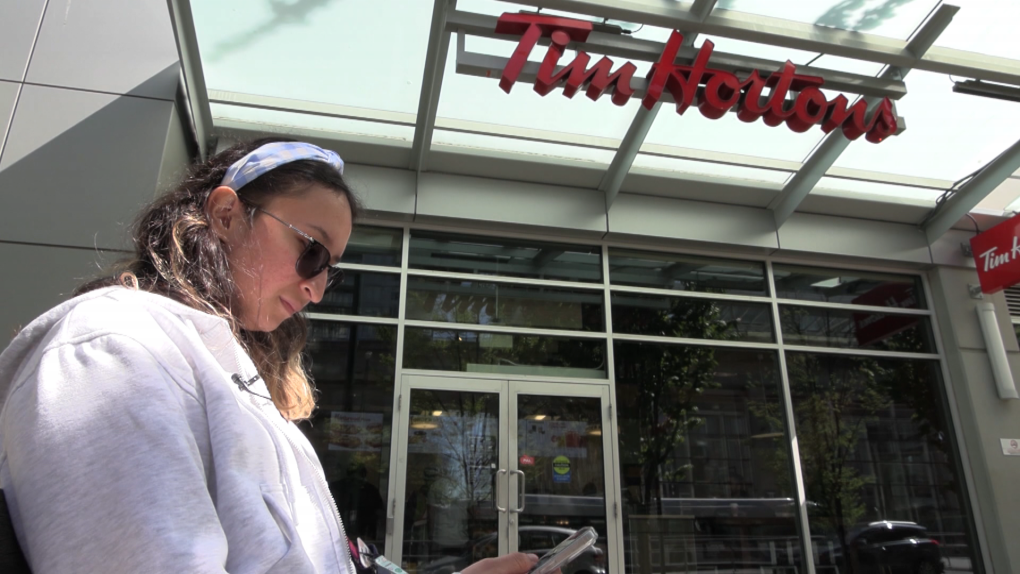With the Ukraine crisis on the cusp of entering its third month, oil markets have endured another wave of heightened volatility. After weeks of intense fighting at the besieged southeastern city, on Thursday, Putin claimed victory at Mariupol despite thousands of soldiers and civilians remaining holed up in a giant steel plant. With Moscow promising not to storm the hold out, the crisis is likely to transition into a war of attrition with Russian officials hoping for the defenders to surrender after running out of food or ammunition while focus shifts to the Donbas. But trying to read the oil markets at this time is akin to peering at a crystal ball.
Like most other asset classes–especially those that have real economic uses such as other energy assets, soft and hard metals, for example–crude oil prices have a well-established relationship with volatility. Similar to how stocks and bonds react negatively to increased volatility because it means greater uncertainty around cash flows, dividends, coupon payments, and other shareholder returns. Crude oil tends to react negatively to higher volatility; however, in an environment characterized by geopolitical tensions, crude oil prices continue to broadly follow movements in oil volatility.
Mixed Signals
After recently rebounding from its lowest levels since late February, oil volatility is on the rise again. Oil volatility (as measured by the Cboe’s OVX) is trading at 53.68, with the 5-day correlation between OVX and crude oil prices currently at a weak -0.07 compared to a much stronger negative correlation of -0.67 just a week ago.
The longer-term correlation, however, appears more steady: the 20-day correlation between OVX and crude oil prices remains strongly positive at +0.72vs. +0.79 a week ago. In other words, short-term investors can expect serious whipsaws in oil prices while the longer-term outlook remains brighter and more consistent.
Related: The Numbers Behind A EU Ban On Russian Crude
Unfortunately, the technical charts appear to tell a different story.
Looking at the daily chart from October 2020 to April 2022, bearish momentum is beginning to set back in, with oil prices below their daily 5-, 8-, 13-, and 21-EMA envelope though not yet in bearish sequential order. Daily MACD is on the verge of dropping below its signal line, while daily Slow Stochastics have failed to reach overbought territory and are turning lower. This trend suggests that a move back towards recent lows near $94.42 (61.8% Fibonacci extension of the aforementioned measurement) is possible in the near term, which represents a near 10% downside potential to Thursday WTI intraday price of $104 per barrel.
Peering at the weekly chart from March 2008 to April 2022, it’s clear that the bullish momentum has stalled. Whereas crude oil prices are back above their weekly 4-, 8-, and 13-EMAs, weekly MACD is on the cusp of issuing a sell signal (albeit still above its signal line) and weekly Slow Stochastics are continuing to trend lower towards their median line.
Traders remain bullish
Despite all these mixed signals, oil traders remain largely bullish.
A good 60.73% of retail traders are net-long, with the longs eclipsing the shorts by a 1.55 to 1 margin.
And, the longs are coming back.
After falling nearly 8% last week, the number of traders net-long climbed 13.4% on Wednesday, while the number of traders net-short fell 7.8% on the same day and 2.4% lower compared to a week ago.
Perhaps there are more reasons to be bullish than bearish.
First off, U.S. oil and gas futures are growing increasingly bullish, with natural gas futures for settlement in February 2023 trading above $7/MMBtu.
Second, U.S. energy exports have hit record levels as countries across the world continue to work to replace Russian supplies in the wake of the Ukraine crisis
According to data from the U.S. Energy Information Administration (EIA), the United States’ crude and petroleum exports surged to an all-time weekly high of 10.6 million b/d during the week ending April 15, with the country’s exports outweighing its imports by the most ever in government data going back to 1990.
By Alex Kimani for Oilprice.com
More Top Reads From Oilprice.com:










